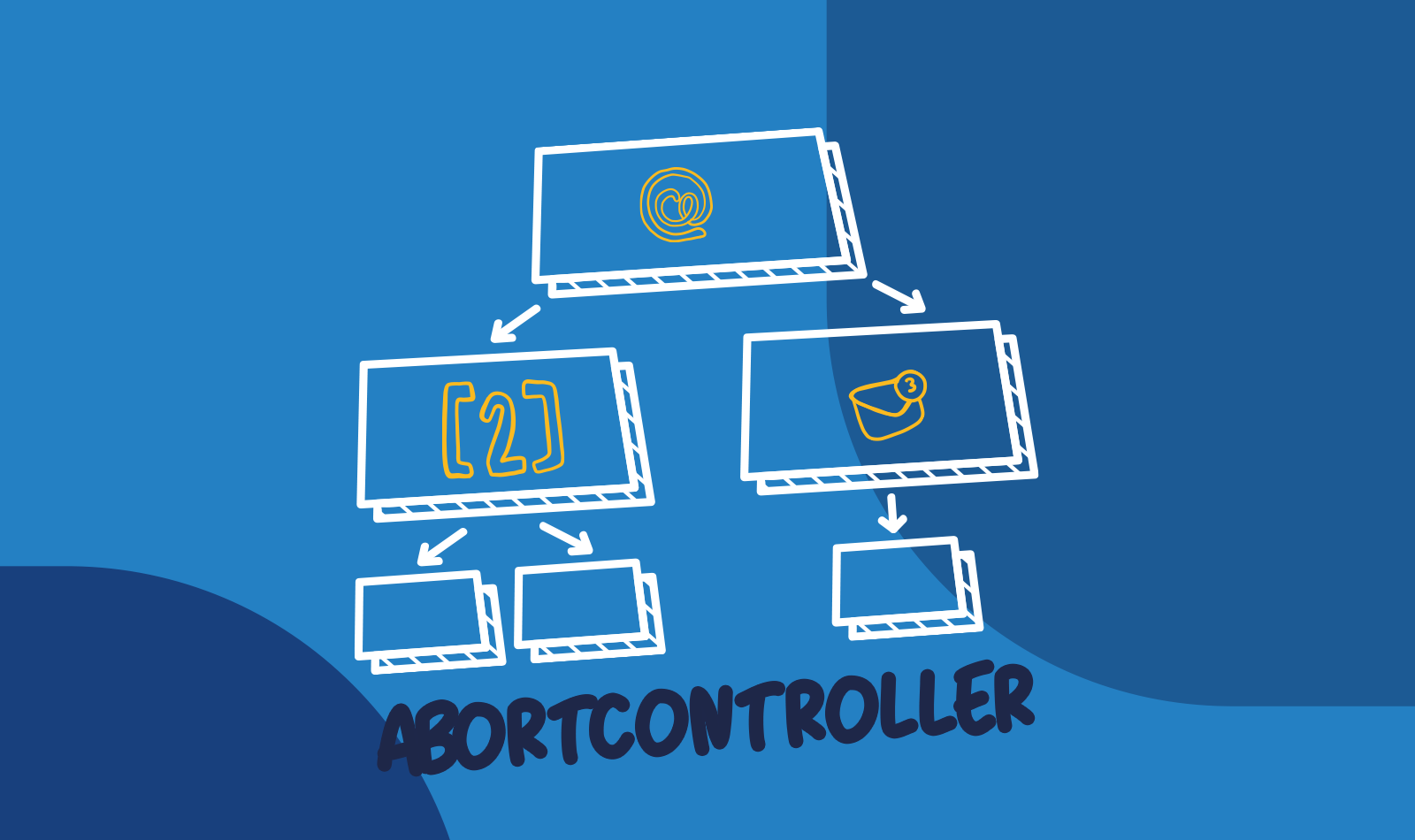All articles

Angular: Components, Directives and Pipes – How to properly create and test them
This article offers a practical guide to creating and testing components, directives, and pipes in Angular. It covers their definitions, code examples, and testing techniques using Angular's testing framework. By following this guide, developers can effectively utilize these Angular features for building robust and reliable applications.

How to use the useEffect hook with the AbortController
The AbortController interface provides a way to cancel ongoing asynchronous operations. When combined with React's useEffect hook, AbortController allows us to effectively manage asynchronous requests and prevent memory leaks.

How to debug JavaScript code in a browser?
Debugging is an essential skill for every JavaScript developer. It involves the process of identifying and fixing errors, bugs, and unexpected behavior in your code. Effective debugging techniques not only save time but also improve code quality and enhance overall development productivity.

Mocks, stubs and spies in unit testing based on Mockito
Have you ever heard about mocks, stubs or spies? In this article I will present all of these test doubles and discuss the differences between them.

Angular Signals – a new way of change detection
This article is the first look into the concept of Signals in Angular. It explores Signals API followed by some simple examples to understand why and how we should use Signals in our daily developer's work.

Angular: How to share Components data
This article provides concise methods for sharing component data in Angular. It covers input-output communication, sharing data through services, utilizing the NgRx store, and mentions other options like route parameters, local storage, session storage, and cookies. These techniques empower developers to create efficient and interactive Angular applications.

Streamlining Test Reporting with Xray: Leveraging Selenium, Java and Jenkins
Automated testing is critical to ensuring quality and efficiency in the fast-paced world of software development. This article delves into the process of reporting test results with Xray, a robust test management solution that interacts smoothly with popular frameworks such as Selenium and Jenkins. The post explains how teams can streamline their test reporting workflow by using Selenium and Java test automation examples, as well as a simplified Jenkins file. Teams may follow test execution, import findings, and obtain important insights for enhanced software quality by employing Xray's complete reporting tools. The combination of Selenium, Java, Jenkins, and Xray enables teams to effectively manage and report test results, resulting in increased productivity and decreased time-to-market.

How to lock objects in JavaScript
In JavaScript, the concept of locking objects refers to controlling their mutability and ensuring data integrity. By utilizing methods such as Object.preventExtensions, Object.seal, and Object.freeze, developers can set different levels of immutability and restrict property additions or deletions.

Mastering Performance Testing with Locust: A Practical Guide
This article provides a comprehensive overview of using Locust, a powerful open-source load testing tool. The article covers the basics of setting up Locust, creating and running a load test, and analyzing the results. It also includes a real-world example of testing an e-commerce website. The guide is designed for technical audiences, with Python-based scripting examples provided for each step. By the end of the article, readers will have a solid understanding of how to leverage Locust for their performance testing needs, ensuring their applications can handle real-world loads.

Elasticsearch in Java projects – data enrichment
We have updated this text for you!Update date: 31.12.2024Author of the update: Piotr Merynda The previous articles present how to index and query documents using […]
Meet the geek-tastic people, and allow us to amaze you with what it's like to work with j‑labs!
Contact us


